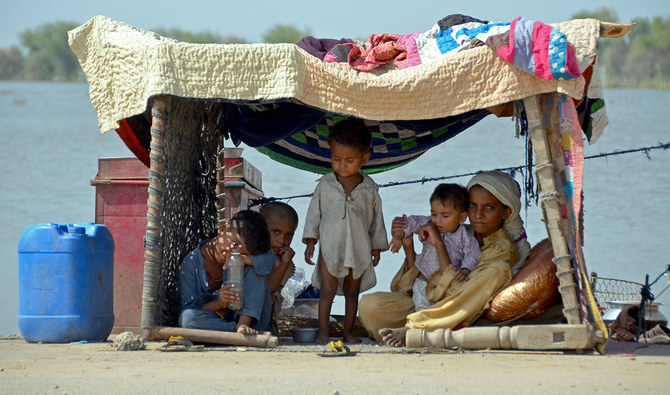Suleman Chauhdhary
LAHORE: Despite strides in expanding access to insecticide-treated nets and medicines to help prevent malaria in young children and pregnant women, more people were getting sick with malaria, according to a new report published by the World Health Organization (WHO).
In 2022, there were estimated 249 million malaria cases globally, exceeding the pre-pandemic level of 233 million in 2019 by 16 million cases. In addition to the disruptions caused by COVID-19, the global malaria response has faced a growing number of threats, such as drug and insecticide resistance, humanitarian crises, resource constraints, climate change impacts and delays in programme implementation particularly in countries with a high burden of the disease.
Changes in temperature, humidity and rainfall can influence the behavior and survival of the malaria-carrying Anopheles mosquito, report said. It says extreme weather events, such as heat waves and flooding, can also directly impact transmission and disease burden. Catastrophic flooding in Pakistan in 2022, for example, led to a five-fold increase in malaria cases in the country.
Progress toward the targets of the current malaria strategy is off-track and health experts are concerned that climate change could further increase malaria rates.
The report reveals that in the WHO Eastern Mediterranean Region, malaria cases decreased by 38%, from about 7 million cases in 2000 to about 4 million in 2015. Between 2015 and 2022, cases rose by 92% to 8.3 million.
According to WHO, between 2021 and 2022, the region experienced an increase of 25%, mainly due to a large increase (2.1 million malaria cases) in Pakistan following the catastrophic flooding that affected more than 30 million people۔
Globally, malaria deaths declined steadily from 864 000 in 2000 to 586 000 in 2015 and to 576 000 in2019. In 2020, malaria deaths increased by 10% compared with 2019, to an estimated 631 000
Estimated deaths declined in 2022 to 608 000. The percentage of total malaria deaths in children aged under 5 years decreased from 87% in 2000 to 76% in 2015. Since then, there has been no change.
Globally, the malaria mortality rate (i.e. deaths per 100 000 population at risk) halved from about 29 in 2000 to 15 in 2015. It then continued to decrease but at a slower rate, falling to 14 in 2019. In 2020, the mortality rate increased again, to 15.2, before decreasing slightly to 14.3 in 2022.
In the WHO Eastern Mediterranean Region, malaria deaths declined by 45%, from about 13 600 in 2000 to 7500 in 2014, and then more than doubled between 2014 and 2022, to 15 900. Most of the deaths were observed in Sudan, where around 90% of cases are due to P. falciparum, which is associated with a higher case fatality rate than P. vivax.
In the WHO Eastern Mediterranean Region, the malaria mortality rate decreased by 43% between 2000 and 2015, and remained largely unchanged until 2021, before increasing by 14% between 2021 and 2022 to about three deaths per 100 000 population at risk۔
In Pakistan, the largest increase in deaths was between 2021 and 2022 because of the flooding that damaged more than 1000 health facilities in the country۔
In 2022 and 2023, extreme monsoon rainfall affected many parts of Pakistan, with evidence suggesting that the severity of the monsoon season was heightened by climate change. This flooding led to a large malaria epidemic that increased the malaria cases in the country by fivefold compared with the year before۔
Extreme weather in Pakistan in 2022 saw glaciers melt and rivers surge in the north, while heating of the Indian Ocean led to excessive rainfall and flooding in the south. After the flood, standing water became an ideal breeding ground for mosquitoes, and malaria cases increased fivefold compared with 2021 (2.1 million additional cases in 2022).
Also, the floods destroyed infrastructure and isolated millions of people, hindering medical access and increasing the risk of disease. In 2022, the three countries with 85% of observed cases were Sudan (41%), Pakistan (32%) and Somalia (13%)۔ Djibouti, Pakistan, Somalia, Sudan and Yemen are not on track to meet the GTS targets for 2025.

